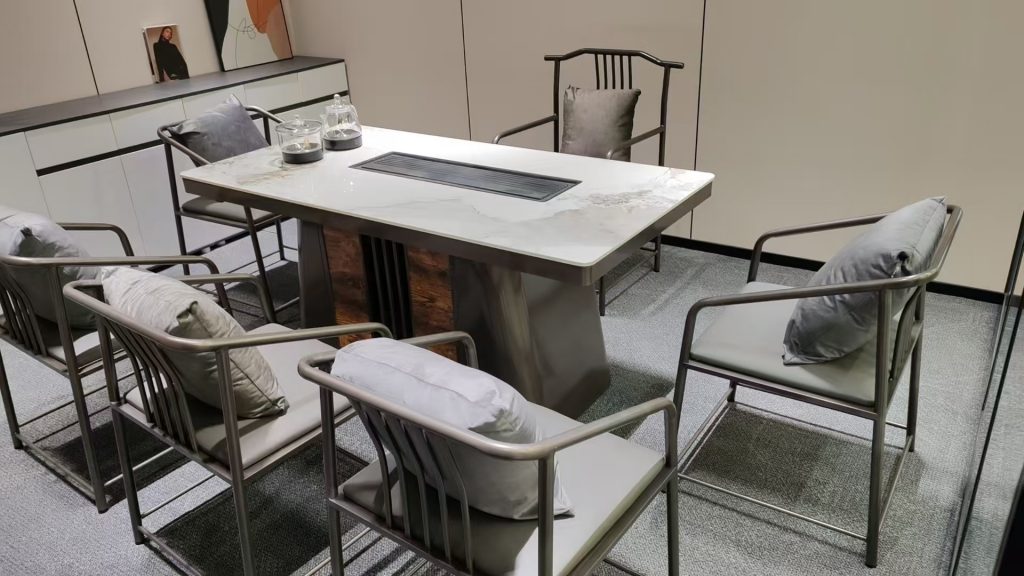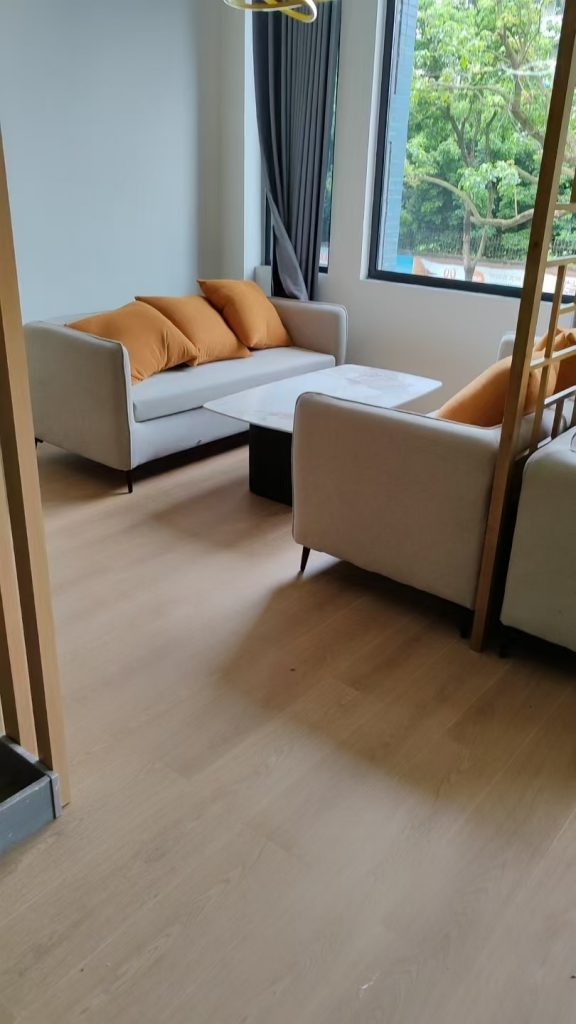In an era of urbanization and shrinking living spaces, space-saving furniture has transitioned from a niche trend to a global necessity. For furniture manufacturers, catering to this demand requires a blend of innovation, functionality, and strategic design. This article dives into the challenges, design principles, and technological advancements shaping the space-saving furniture industry, offering actionable insights for manufacturers aiming to thrive in this competitive landscape.
—
1. The Space-Saving Furniture Revolution
Urban populations are projected to grow by 2.5 billion by 2050, driving demand for compact, multifunctional furniture. Space-saving designs are no longer optional—they’re a cornerstone of modern living. Manufacturers in this niche benefit from:
– Expanding Market Reach: Appeals to urban dwellers, renters, and minimalists.
– Premium Pricing Opportunities: Compact, multifunctional pieces often command higher margins.
– Sustainability Alignment: Durable, adaptable furniture reduces waste and resource consumption.
—
2. Core Design Principles for Space-Saving Furniture
Successful space-saving furniture balances form and utility. Key considerations include:
a. Multifunctionality
– Foldable/Convertible Designs: Sofas that transform into beds, tables with hidden storage, or Murphy beds paired with desks.
– Modular Systems: Interchangeable components that serve dual purposes (e.g., benches with under-seat storage).
– Vertical Space Utilization: Wall-mounted shelves, pegboards, or tall units to free floor space.
b. Smart Material Choices
– Lightweight yet Durable Materials: Aluminum frames, engineered wood, or recycled plastics for easy rearrangement.
– Space-Illusion Techniques: Mirrored surfaces, glass tops, or open-frame designs to create a sense of openness.
c. User-Centric Customization
– Offer adjustable heights, removable cushions, or reconfigurable modules to adapt to varied room layouts.
– Provide digital tools like AR viewers to help customers visualize space-saving setups.
—
3. Technological Innovations Driving Efficiency
Modern manufacturing requires integrating advanced tools to scale production without compromising quality:
a. CAD/CAM Software
Computer-aided design (CAD) enables precise modeling of compact layouts, while computer-aided manufacturing (CAM) ensures consistency in high-volume production.
b. Smart Folding Mechanisms
Patented hinge systems or gas springs allow seamless transitions between functions (e.g., dining tables that lower into coffee tables).
c. Robotics and Automation
Automated cutting machines reduce material waste, while robotic assembly ensures precision in intricate designs like nesting tables or stackable chairs.
—
4. Sustainability as a Market Differentiator
Eco-conscious consumers prioritize sustainability. Manufacturers can gain a competitive edge by:
– Circular Design: Creating furniture with modular, repairable, or recyclable components.
– Upcycled Materials: Using reclaimed wood, discarded textiles, or ocean-bound plastics.
– Energy-Efficient Production: Solar-powered facilities, low-waste CNC machining, or biodegradable finishes.
—
5. Overcoming Production Challenges
Space-saving furniture faces hurdles like complex logistics and higher R&D costs. Solutions include:
– Flat-Pack Shipping: Designing furniture for easy disassembly and compact packaging.
– Collaborative Partnerships: Partnering with architects or interior designers to create trend-aligned bundles.
– Rental Programs: Offering leasing options for renters to reduce upfront costs and build brand loyalty.
—
6. Marketing Space-Saving Furniture Effectively
Educate and engage customers through:
– Content Marketing: Blogs, videos, and infographics explaining the benefits of compact living.
– Social Media Campaigns: Highlight real-life transformations using hashtags like SmallSpaceLiving.
– Virtual Showrooms: Use 3D tours or augmented reality (AR) apps to visualize furniture in small spaces.
—
7. The Future of Space-Saving Furniture
Emerging trends to watch:
– AI-Powered Customization: Algorithms suggesting configurations based on room dimensions or user preferences.
– Shape-Shifting Materials: Memory foam or kinetic furniture that adapts to user needs.
– Smart Storage Solutions: IoT-enabled organizers with motion-sensor lighting or automated inventory tracking.
—
Conclusion
For furniture manufacturers, space-saving design is more than a trend—it’s a response to evolving consumer needs and urbanization challenges. By prioritizing multifunctionality, sustainability, and smart technology, factories can position themselves as leaders in this dynamic market. Embrace innovation, educate your audience, and craft narratives that celebrate the art of compact living.
Transform Your Manufacturing Approach
Ready to lead the space-saving revolution? Start by investing in modular design tools, training teams on sustainable practices, and leveraging AR/VR to enhance customer experiences. The future of furniture is compact—build it wisely.
Article link:https://www.vlefooena.com/manufacturer/4365/




No reply content